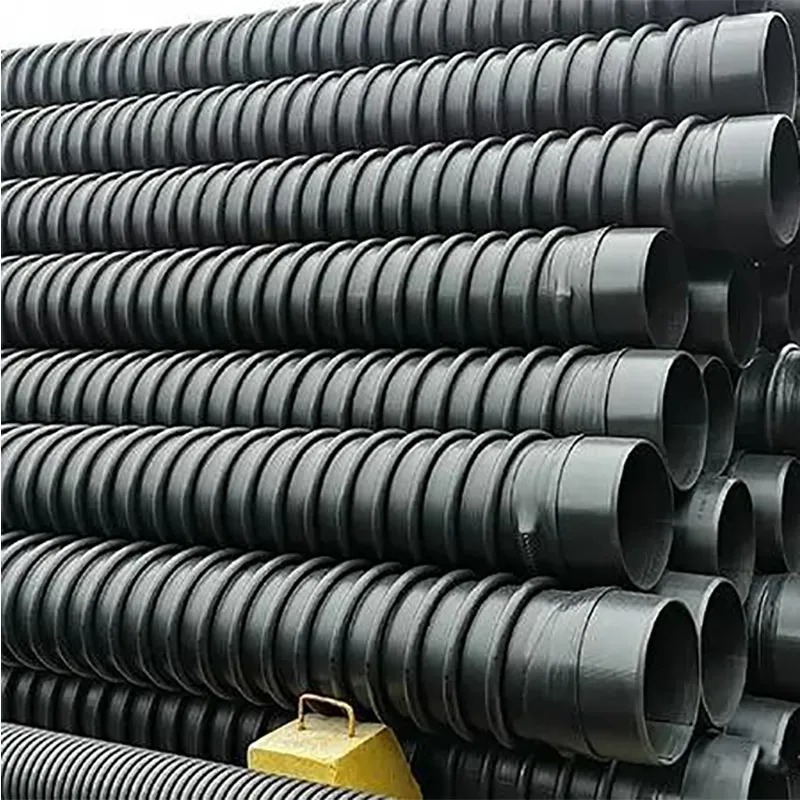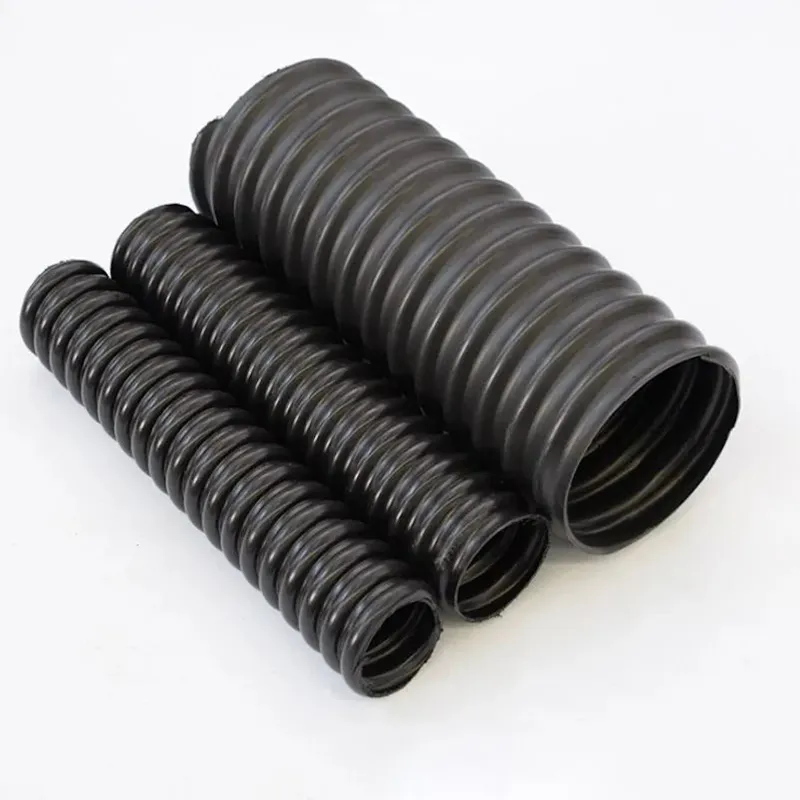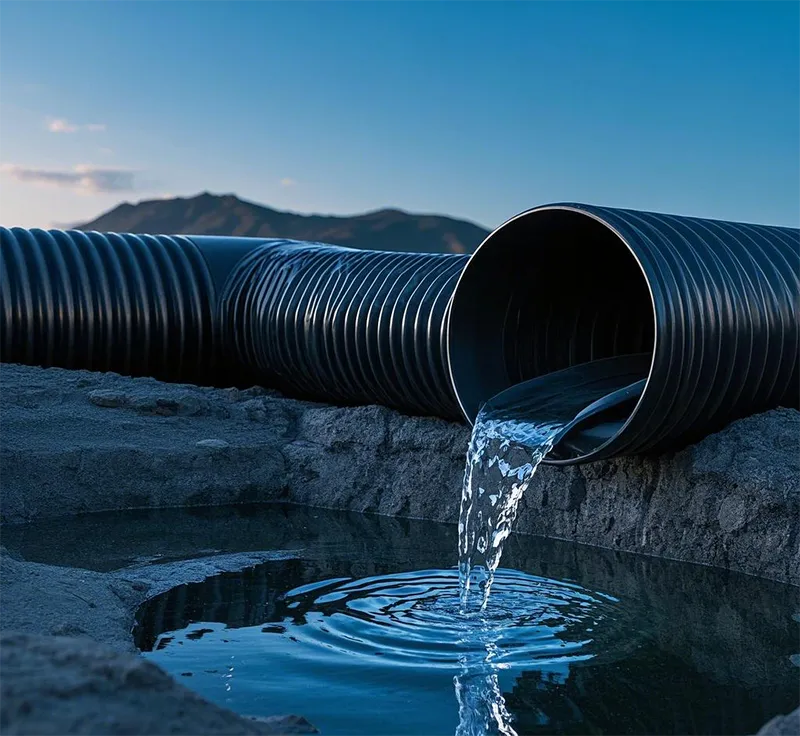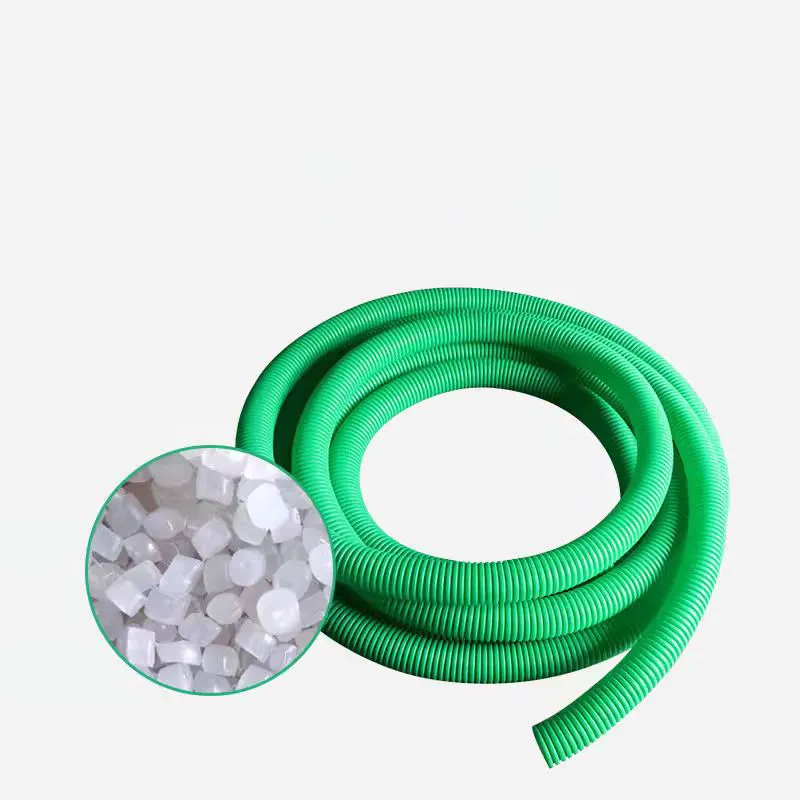Introduction
Potable water, the water intended for human consumption, requires a reliable and safe piping system to ensure the delivery of clean and healthy water to our homes, offices, and public facilities. One commonly used material for such applications is polyethylene (PE) pipe. In this article, we will delve into the properties and characteristics of PE pipe to determine its suitability for potable water applications.
1. Overview of PE Pipe
Polyethylene (PE) is a thermoplastic polymer known for its durability, flexibility, and resistance to corrosion. PE pipe is made from PE resins, which are melted and extruded into a pipe shape. It is available in different grades, including high-density polyethylene (HDPE), medium-density polyethylene (MDPE), and low-density polyethylene (LDPE). The selection of the appropriate grade depends on factors such as pressure requirements and environmental conditions.
2. Safety and Health Considerations
When it comes to potable water applications, safety and health are of paramount importance. PE pipe has a proven track record of being safe for transporting drinking water. It is non-toxic, chemically inert, and does not impart any taste or odor to the water. PE pipe is also resistant to bacterial growth, making it suitable for maintaining water quality.
Furthermore, PE pipe is certified and approved by reputable organizations such as the National Sanitation Foundation (NSF) and the Water Regulations Advisory Scheme (WRAS). These certifications ensure that the PE pipe meets stringent standards for potable water applications.
3. Durability and Longevity
PE pipe is known for its exceptional durability and longevity. It has excellent resistance to cracking, abrasion, and impact, making it suitable for both underground and above-ground installations. PE pipe can withstand high-pressure applications without compromising its structural integrity, reducing the risk of leaks or bursts.
The material's resistance to corrosion is another significant advantage. Unlike metal pipes, PE pipe does not rust or corrode, ensuring the longevity of the piping system. Additionally, PE pipe exhibits resistance to chemical degradation, making it suitable for environments where the water supply might contain disinfectants or other water treatment chemicals.
4. Flexibility and Ease of Installation
PE pipe's flexibility is a valuable characteristic for potable water applications. It can be easily bent, curved, or coiled, facilitating installation around obstacles or in tight spaces. The flexibility of PE pipe also allows for fewer joints, minimizing the risk of leaks and reducing installation time and costs.
The lightweight nature of PE pipe further enhances its ease of installation. It is significantly lighter than traditional metal pipes, making it easier to transport and handle on the construction site. The installation process typically involves methods such as butt fusion, electrofusion, or compression fittings, which are efficient and reliable.
5. Environmental Impact
In an era where environmental consciousness is crucial, PE pipe offers notable advantages. PE is a recyclable material, contributing to sustainable practices. Its production process consumes less energy compared to other materials, resulting in a lower carbon footprint. PE pipe also has a longer service life, reducing the need for frequent replacements and minimizing waste generation.
Additionally, PE pipe does not release harmful substances into the environment during its use, ensuring the safety of both the water supply and the ecosystem.
6. Cost Considerations
Cost is an essential factor when evaluating the suitability of a piping system for potable water applications. PE pipe's cost-effectiveness stems from several factors. Its lightweight nature reduces transportation costs, and its ease of installation leads to lower labor expenses. The longevity and durability of PE pipe result in reduced maintenance and replacement costs over its lifespan. Moreover, the availability of various grades and sizes of PE pipe allows for cost optimization based on specific project requirements.
7. Case Studies and Real-World Applications
PE pipe has been widely adopted for potable water applications in various regions worldwide. Numerous successful installations and case studies demonstrate its effectiveness and reliability. Municipal water supply systems, residential plumbing, commercial buildings, and even remote rural areas have benefited from the use of PE pipe.
For example, in urban settings, PE pipe has been used for water distribution networks, connecting reservoirs to residential areas and ensuring a constant supply of clean water. In residential applications, PE pipe is commonly employed for plumbing systems, providing safe and reliable drinking water to households.
Moreover, PE pipe has proven its worth in challenging environments. Its flexibility and resistance to ground movement make it suitable for areas prone to earthquakes or shifting soil conditions. Additionally, its resistance to corrosion and chemical degradation make it an excellent choice for coastal regions or areas with aggressive soil conditions.
8. Maintenance and Best Practices
To ensure the long-term performance of a PE pipe system, proper maintenance and adherence to best practices are essential. Regular inspections, leak detection, and pressure testing can help identify any potential issues early on. It is also crucial to follow manufacturer guidelines and recommendations for installation, including proper fusion techniques and compatible fittings.
Additionally, it is important to consider the specific requirements of the local water regulations and codes. Compliance with these regulations ensures the safety and legality of the potable water system.
Conclusion
PE pipe has proven itself as a reliable and suitable material for potable water applications. Its safety, durability, flexibility, and environmental benefits make it an attractive choice for various projects. The certifications and approvals from reputable organizations provide assurance of its suitability for transporting clean and healthy drinking water. With proper installation and maintenance, PE pipe can contribute to efficient and sustainable potable water systems, ensuring the delivery of high-quality water to communities around the world.






925.webp)
294.webp)
476.webp)
420.webp)
146.webp)
460.webp)
287.webp)
274.webp)
688.webp)


